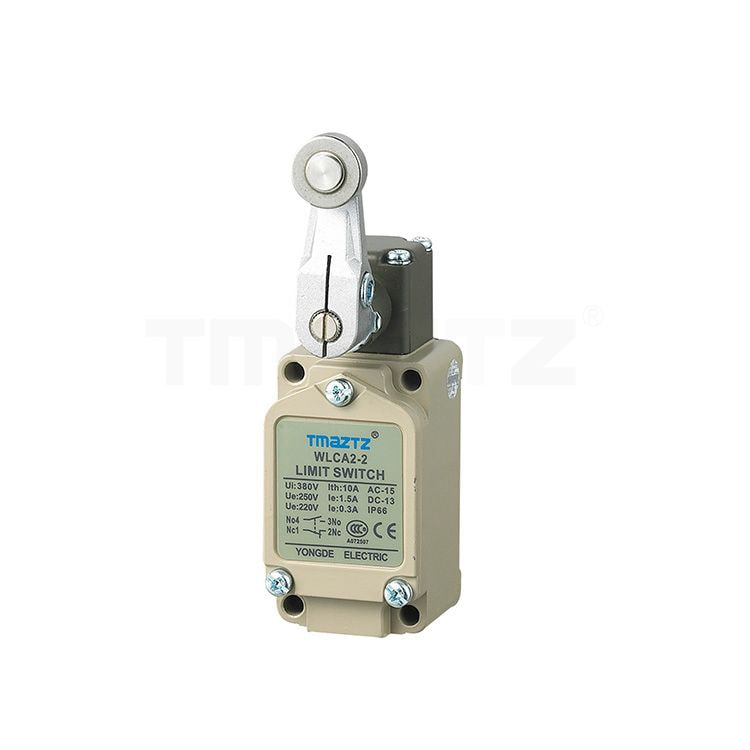What Are the Basics of Limit Switches?
A limit switch, also known as a travel switch, is an electrical device utilized to define the extreme positions of mechanical equipment during its motion. It can be installed on either stationary objects (referred to as static elements, e.g., fixed frames or door frames) or moving objects (referred to as dynamic elements, e.g., cranes or doors). As the dynamic element approaches the static element, the switch's lever, when activated, causes the normally closed contacts to open or the normally open contacts to close. The change in the switch contact states controls the circuit and the connected motor.
Working Principle:
A limit switch operates as a mechanical switch designed to control the travel and limit protection of mechanical equipment. The mechanical triggering component and the limit switch actuator create a mechanical contact. In practical applications, the limit switch is installed at a predefined position. When a mechanical module on a moving part collides with the actuator head of the limit switch, the switch's contacts actuate, facilitating the toggling of the switch circuit. Hence, the limit switch functions as an electrical component that switches the circuit based on the position of the moving part, akin to the operation of a button switch.
Classification:
Limit switches primarily consist of switch elements, wiring terminals, switch actuators, and transmission parts. According to the mechanical mechanism governing the switch contact's connection and disconnection, switch elements fall into two categories.
Slow-action Switch: The time taken for the switch to connect and disconnect is related to the frequency of switch operation. The faster the operation frequency, the quicker the switch toggles.
Quick-action Switch: The time taken for the switch to connect and disconnect is independent of the frequency of switch operation. As long as the switch is operated to a certain position, the switch undergoes a connection and disconnection toggle. The duration of this process is generally the time required for the spring bounce.
Limit switches can be either contact-type or non-contact-type. Contact-type switches are more intuitive. They involve installing a travel switch on the moving part of a mechanical device and a limit position block on a fixed point in relative motion. When the mechanical contact of the travel switch collides with the position block, it interrupts (or changes) the control circuit, leading to the cessation or alteration of mechanical motion. Non-contact types come in various forms, including reed tubes, photoelectric types, and inductive types, all commonly seen in elevators.
Limit switches, based on their structure, can be categorized as direct-action, roller-action, micro-action, and combination types.
Applications:
Limit switches find widespread use across various mechanical equipment industries, such as CNC machines, plastic machinery, cranes, elevators, and rail transport. They serve to control the travel of mechanical devices and provide terminal limit protection. In elevator control circuits, limit switches are also utilized to control the speed of door opening and closing, limit the automatic door opening, and ensure upper and lower limit protection for the elevator car.
Understanding the fundamentals of limit switches is essential for optimizing their use in diverse applications, ensuring the precision and safety of mechanical systems.
61
0
0


Comments
All Comments (0)